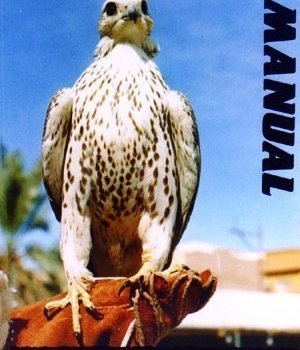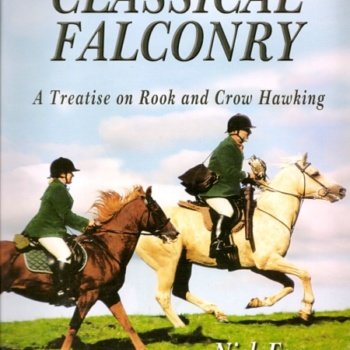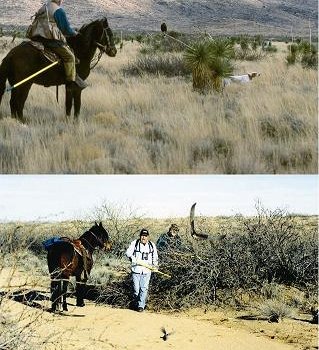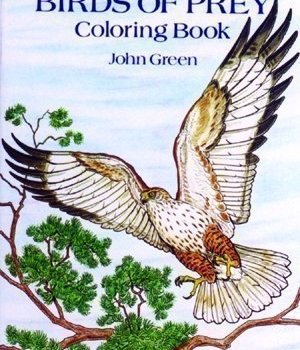Description
Throughout history, the wild-caught or passage peregrine has been the coin of the realm for falconers worldwide. In his masterful work, De Arte Venandi cum Avibus, or The Art of Falconry (1250 AD), Frederick the II of Hohenstaufen devoted much scholarly effort to describing the attributes and training of peregrines to capture game birds, including waterfowl.
The value of passage peregrines was so high that they were used as both ransom and tribute during Medieval times. Starting in the 18th Century, a lucrative industry was created whereby freshly trapped passage peregrines were provided annually to the royal courts of Europe. Hawk trappers and master falconers of the day were highly rewarded financially for their skills.
Beach Bird documents the development of falconry as a hunting sport in America, and focuses on the use of passage peregrines that started in the 1940s. Both the innovative techniques that were used to capture northern peregrines along their coastal migration routes, and the innovators who pioneered autumn beach trapping as a source of birds for falconers, are discussed.
Before 1970, it was legal to capture peregrines for falconry in America. However, once DDT was known to depress peregrine falcon populations globally, a moratorium on their take was in effect until 1999. Beginning in 2009, limited numbers of capture permits for passage peregrines have been issued to falconers.
The author was one of the fortunate few to capture and train migrant peregrines for hunting in recent times. Armed with advantages that his mentors did not have, like radio-telemetry for recovering lost falcons, Bruce tested the ability of these special falcons on a variety of quarry. His cross-continent journeys to trap falcons on both the Atlantic and Gulf Coasts, and his pursuit of upland game birds and waterfowl in varying habitats, are the makings of an epic outdoor adventure.







